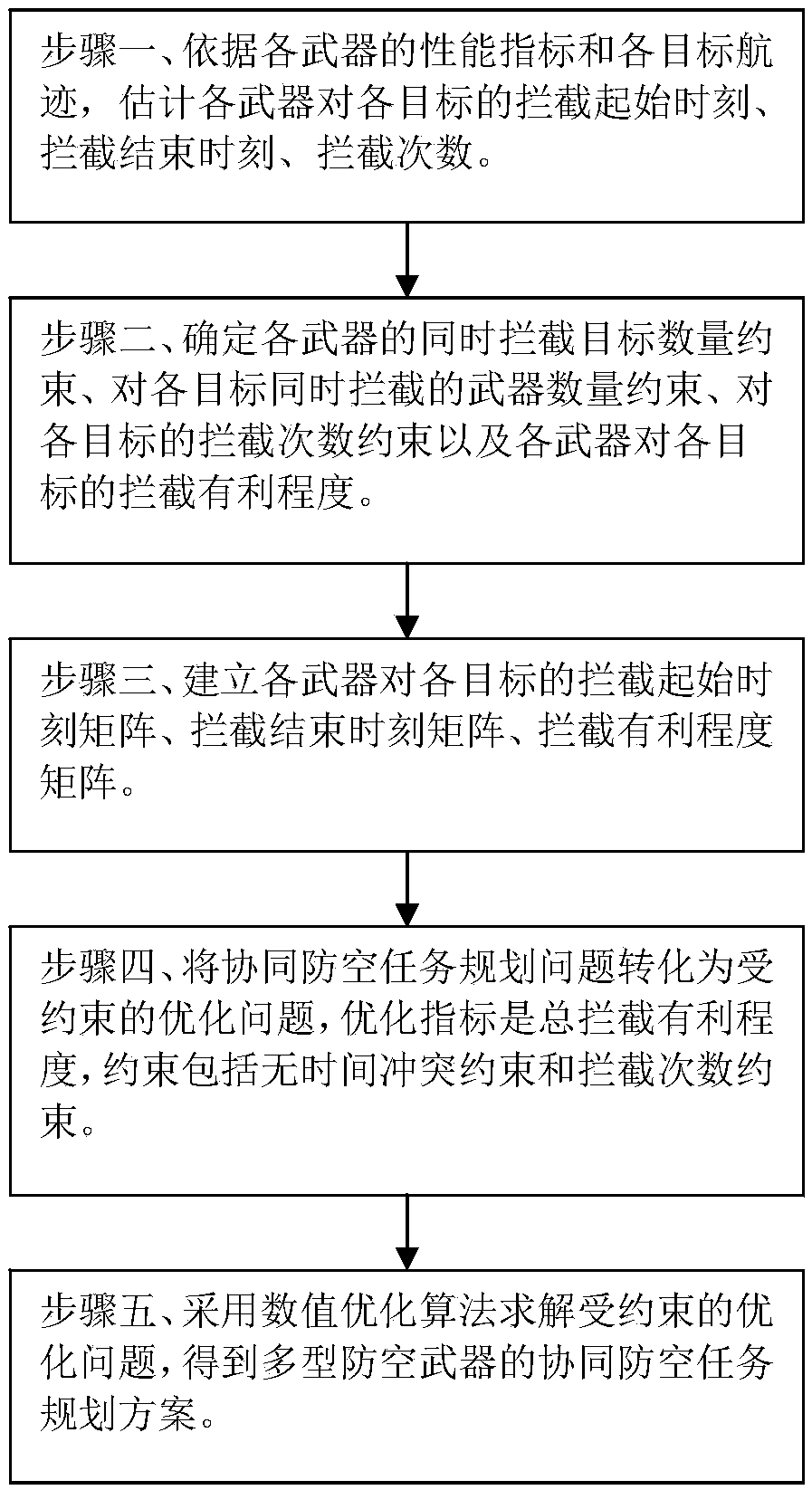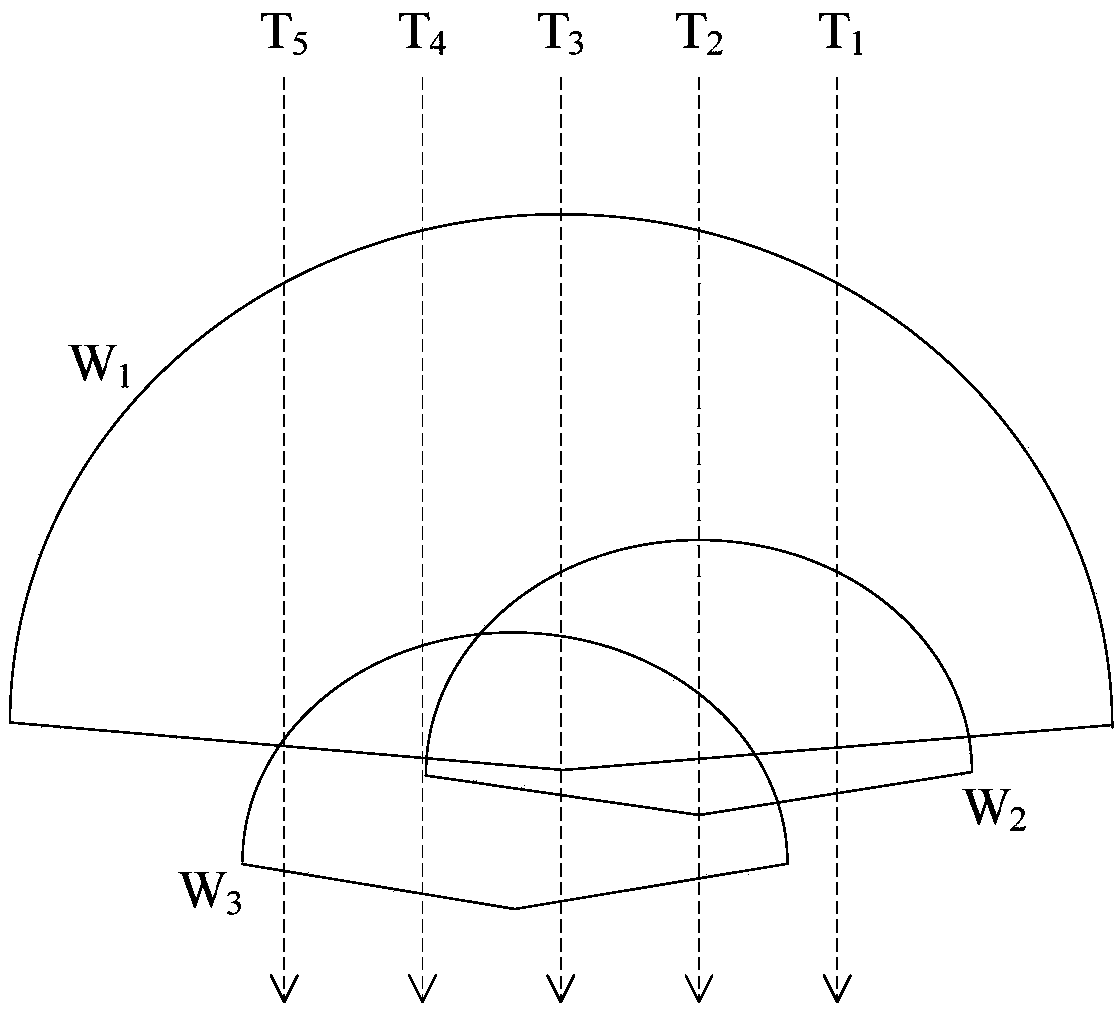A cooperative air defense mission planning method and system for multi-type air defense weapons
A technology for air defense weapons and mission planning, which can be used in instruments, data processing applications, forecasting, etc., to solve problems such as firepower gaps, and achieve good flexibility and wide applicability.
- Summary
- Abstract
- Description
- Claims
- Application Information
AI Technical Summary
Problems solved by technology
Method used
Image
Examples
Embodiment Construction
[0053] The present invention will be described in detail below in conjunction with specific embodiments. The following examples will help those skilled in the art to further understand the present invention, but do not limit the present invention in any form. It should be noted that those skilled in the art can make several changes and improvements without departing from the concept of the present invention. These all belong to the protection scope of the present invention.
[0054] Such as figure 1 As shown, the collaborative air defense task planning method of a kind of multi-type air defense weapon provided by the present invention comprises:
[0055] Estimation step: according to the performance index of each weapon and the track of each target, estimate the interception start time, interception end time and interception times of each weapon for each target;
[0056] Constraint determining step: determine the quantity constraint of simultaneous interception targets of e...
PUM
 Login to View More
Login to View More Abstract
Description
Claims
Application Information
 Login to View More
Login to View More - R&D
- Intellectual Property
- Life Sciences
- Materials
- Tech Scout
- Unparalleled Data Quality
- Higher Quality Content
- 60% Fewer Hallucinations
Browse by: Latest US Patents, China's latest patents, Technical Efficacy Thesaurus, Application Domain, Technology Topic, Popular Technical Reports.
© 2025 PatSnap. All rights reserved.Legal|Privacy policy|Modern Slavery Act Transparency Statement|Sitemap|About US| Contact US: help@patsnap.com



